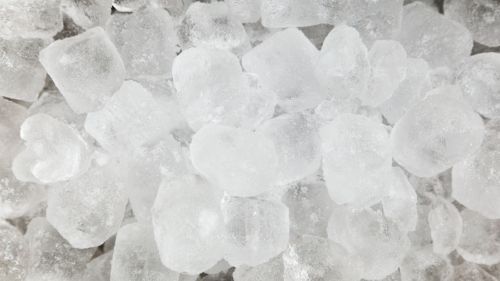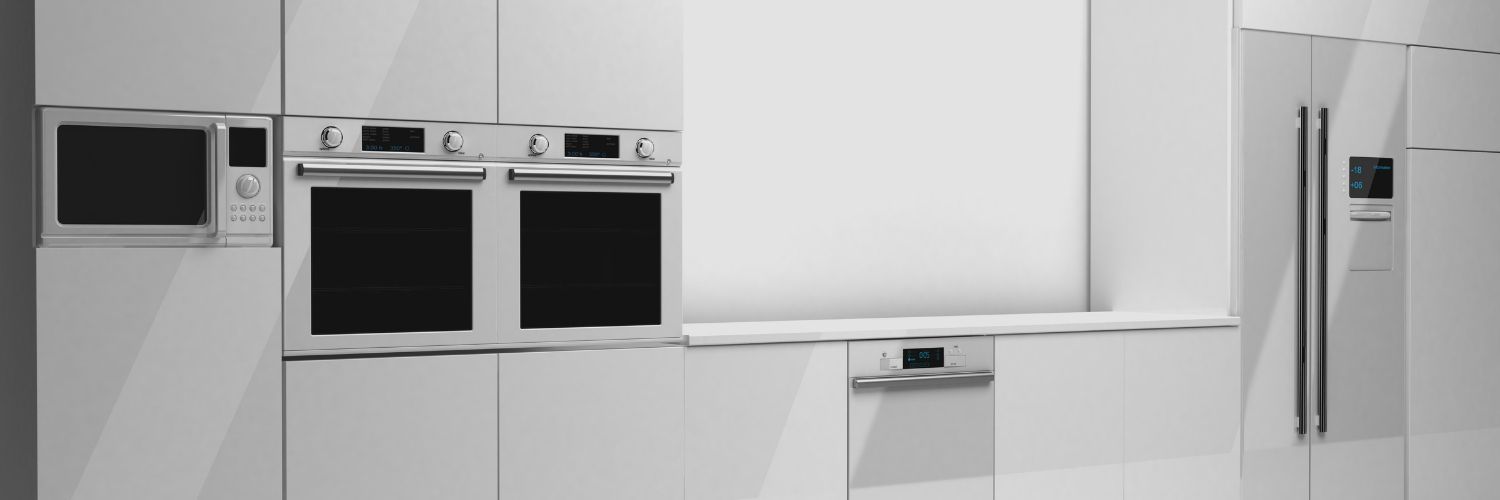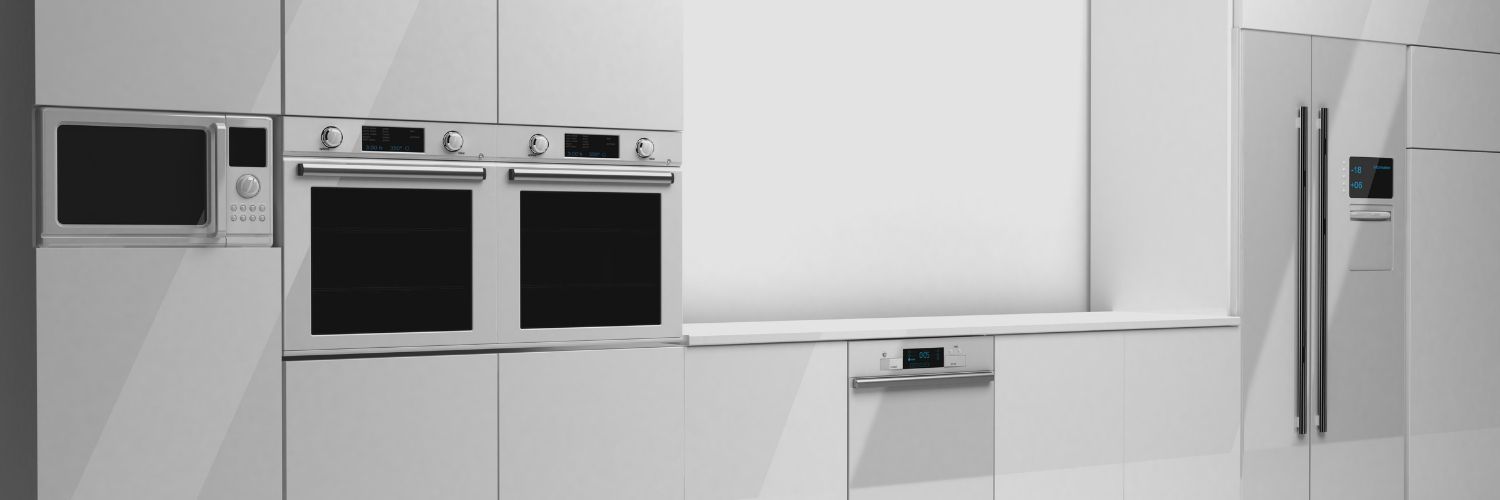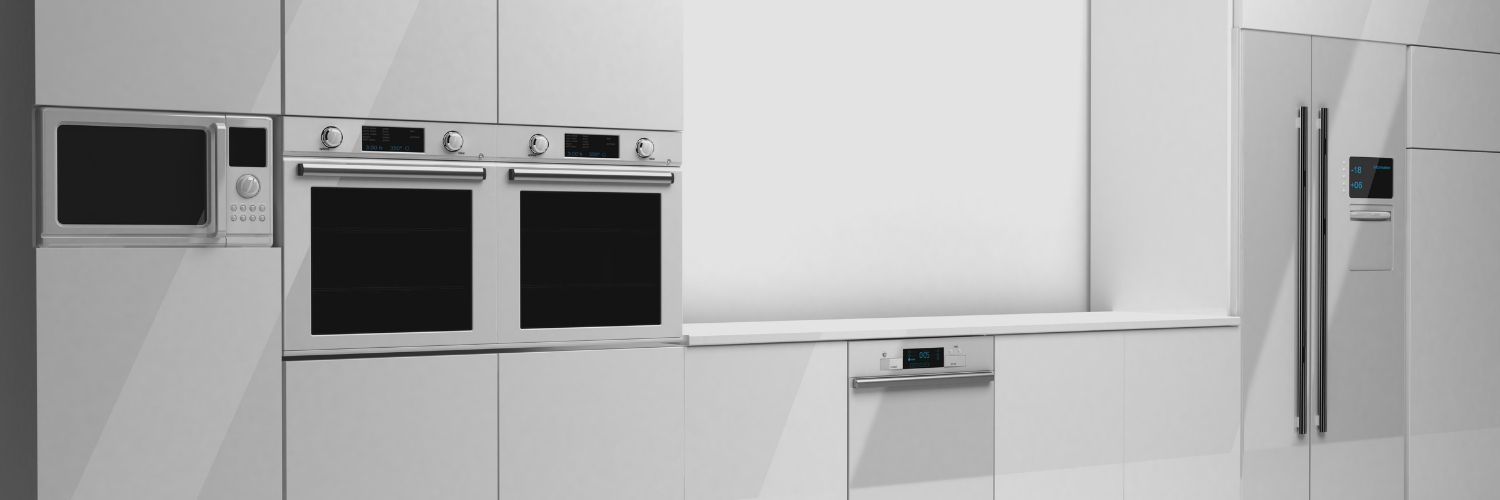Why Your Samsung Refrigerator May Not Be Making Ice
A Samsung refrigerator is a popular choice for many households due to its innovative features, stylish design, and efficient performance. But like any sophisticated appliance, it's not immune to issues. If you are faced with a predicament where your Samsung fridge is not making ice, it's crucial to understand the potential reasons and solutions to get it back up and running.

1. Frozen Water Line
One of the most common reasons a Samsung refrigerator may not be producing ice is a frozen water line. When the water supply lines freeze, it obstructs the water flow and prevents the ice maker from functioning correctly. To resolve this issue, try defrosting the water line using the fridge's defrost option, and ensure the temperature setting is within the optimal range of 35-37°F for the refrigerator and 0-5°F for the freezer.
2. Faulty Ice Maker Assembly
The ice maker assembly contains various components that work together to produce ice efficiently. If any part of the assembly is faulty or damaged, the entire ice-making process could be compromised. To diagnose this issue and find the damaged part, you may need to consult your refrigerator's user manual or seek professional help.
3. Clogged Water Filter
For Samsung refrigerators that use a water filter, a clog could hinder the water flow and ice production. Typically, the water filter should be replaced every 6 months to ensure a continuous supply of clean and filtered water. If you haven't replaced the filter in a while, doing so might be the solution to your ice-making woes.
4. Inadequate Water Pressure
A Samsung refrigerator requires a certain water pressure level to operate its ice maker efficiently. Low water pressure can impede the water flow, making it difficult to fill the ice tray. You can check the water pressure by turning off your fridge's water supply and disconnecting the water line. Once done, open the shut-off valve and observe the water flow.
5. Incorrect Temperature Settings
Improper temperature settings can cause the water in the ice maker to freeze too quickly or not freeze at all. As mentioned earlier, ensure the refrigerator's temperature is within the recommended range of 35-37°F, while the freezer should be between 0-5°F. Maintaining these settings will help the ice maker function effectively.
6. Faulty Ice Maker Switch
If the ice maker's on/off switch is faulty, it could prevent the ice production. It can be challenging to identify a malfunctioning switch without the aid of a professional. However, you can refer to the user manual for guidance on detecting issues regarding the ice maker switch.
Conclusion
Although there could be multiple reasons why your Samsung refrigerator is not making ice, the solutions outlined above can help you identify and address the root cause. Regular maintenance and adherence to the recommended temperature settings will significantly reduce the risks of encountering such issues. However, if you continue to face troubles with your ice maker, seeking assistance from a professional technician is advisable.


